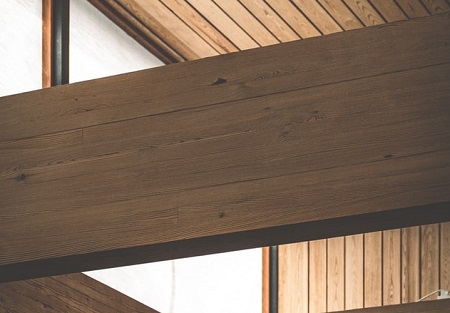Terms like ‘damp survey’ and ‘timber report’ instantly cause head-scratching among many property buyers – what do they mean and why might you need to have them carried out?
Essentially they are precautionary testing by specialists to make sure your prospective home is in a good state – after all, if a lender is going to hand over a huge chunk of cash for you to buy a lovely old house, they need to know that the property is actually worth what you think it is. For example, a seller with loose morals might try to paint over obvious damp, but a specialist will see through this ruse.
So chances are you have been asked to have a damp survey and/or a timber report done following an initial building survey or some other report. Alternatively, you may have had an inkling yourself that one of these issues could be a problem. Either way, the first thing to note is that it is not necessarily a terrible thing to bring in damp and timber experts – sometimes a surveyor may just want to be sure that the house is solid. It does not mean they are automatically worried that the house is falling down…

What does a timber report involve?
Looking at a house from the outside you might ask: ‘Where is the timber?’
This is a fair question, since the outside of most homes will be a combination of brickwork and stone with some form of slate roof – the timber is the framework on the inside. If you pull back the carpet and floorboards you will generally see the beams holding up the floor up, for example. Sometimes there will also be exposed beams (very characterful!) in rooms at head level or even along the wall. Finally, the area under the roof will often have wooden beams too.
So what are the experts looking for when compiling a timber report? Essentially signs of decay, so things like dry rot or woodworm that will eat away at the strength of the timber beams that are so crucial to the structure of the building. If they find that the timbers are completely rotten or simply suffering, then this will take a significant amount of cash to fix, hence the reason for having an accurate and complete timber report. You may want to bring down the price you are offering for the property, or ask the seller to fix it before exchanging.

Damp surveys explained
In a country like the UK you’d think every house was damp! But what surveyors want to be sure of is whether a wall is deteriorating due to its defences against water. In the modern age, there are lots of damp-proofing options available, but many houses – older ones especially – either have not had these applied or require re-application.
Much of a damp survey involves simply inspecting different areas for signs of damp or condensation, but the professionals who conduct these tests also have tools to help them judge the level of damp afflicting a particular area – so don’t assume you could carry it out yourself!
In both the case of damp and timber, you will receive a detailed report on the state of the house and some indication on the repair work required or recommended. As mentioned above, make sure this factors into your offer price or buyer demands.
Get the best support for buying and selling property in Wokingham
If you need to buy or sell property in the Wokingham area, Michael Hardy can assist, offering expert assistance for all stages of the process such as arranging damp and timber reports.
Looking to buy? Take a look at our Wokingham properties for sale.
Or if you are looking to sell, learn how we can help you with our Wokingham property sales service.

